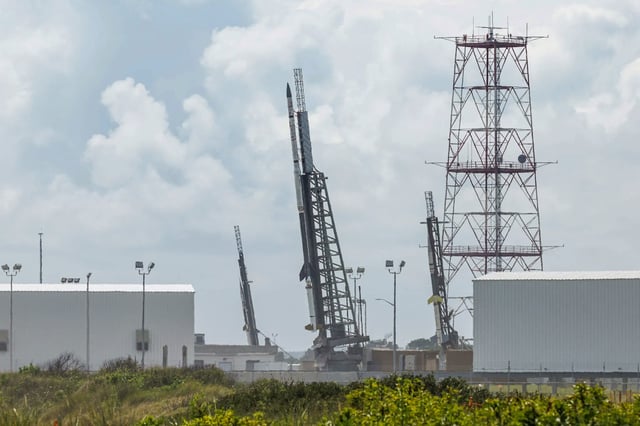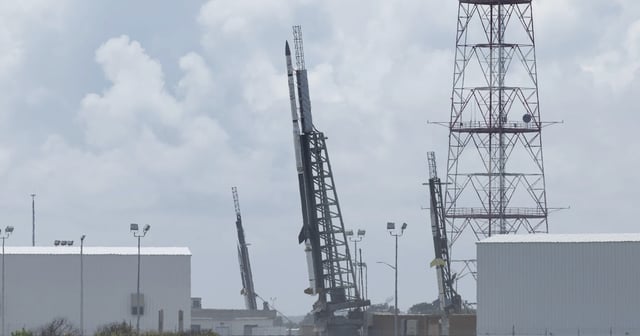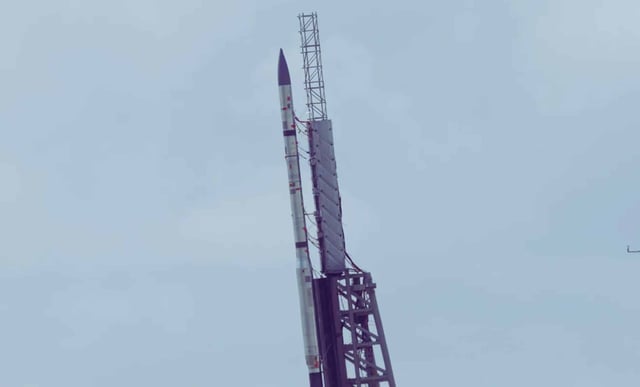Overview
- NASA set a 10 p.m.–3 a.m. ET launch window for three sounding rockets, with a livestream scheduled to begin five minutes before liftoff.
- Weather permitting, residents across parts of New Jersey, Delaware, Pennsylvania, Virginia, and North Carolina could see the rockets’ vapor trails seconds after launch.
- Two rockets will release small amounts of barium, lithium, and an aluminum compound to create trackable trails, followed by a third rocket that fires laser pulses to measure their motion.
- The mission focuses on the mesopause about 53–65 miles up, a hard-to-reach layer where energy transfer can boost satellite drag and cannot be studied by balloons or satellites.
- Earlier attempts since Aug. 18 were scrubbed due to poor weather and rough recovery-area seas tied to Hurricane Erin, with additional opportunities available through Sept. 3.


